-
-
Accédez au logiciel étudiant gratuit
Ansys donne les moyens à la prochaine génération d'ingénieurs
Les étudiants ont accès gratuitement à un logiciel de simulation de classe mondiale.
-
Connectez-vous avec Ansys maintenant !
Concevez votre avenir
Connectez-vous à Ansys pour découvrir comment la simulation peut alimenter votre prochaine percée.
Pays et régions
Espace client
Support
Communautés partenaires
Contacter le service commercial
Pour les États-Unis et le Canada
S'inscrire
Essais gratuits
Produits & Services
Apprendre
À propos d'Ansys
Back
Produits & Services
Back
Apprendre
Ansys donne les moyens à la prochaine génération d'ingénieurs
Les étudiants ont accès gratuitement à un logiciel de simulation de classe mondiale.
Back
À propos d'Ansys
Concevez votre avenir
Connectez-vous à Ansys pour découvrir comment la simulation peut alimenter votre prochaine percée.
Espace client
Support
Communautés partenaires
Contacter le service commercial
Pour les États-Unis et le Canada
S'inscrire
Essais gratuits
ANSYS BLOG
November 1, 2022
Ansys Boosts Thermal Design and Optimization with Integration of C&R Technologies’ Thermal Desktop
Like so many engineers, I have marveled at missions to space for as long as I can remember. This interest has only grown with all the latest commercial space developments and the reignition of the NASA program to go back to the moon. There are, of course, now a wealth of videos and articles that allow anyone to gain insight into the challenges of launching a rocket and dealing with the extreme environments of space. The more we learn, the more impressive our successes in space become.
So, I’m excited to welcome Cullimore and Ring Technologies, Inc. (CRTech) to Ansys. CRTech, makers of Thermal Desktop, offers a host of unique technologies that have been used by leaders in the space industry for over 30 years.
Ingenuity that is out of this World
There are many examples of Thermal Desktop helping to design thermal systems. One of the most interesting that I saw was for Ingenuity, the helicopter that launched with the Perseverance rover on the 2020 Mars mission. The tiny helicopter’s first flight was in April 2021.
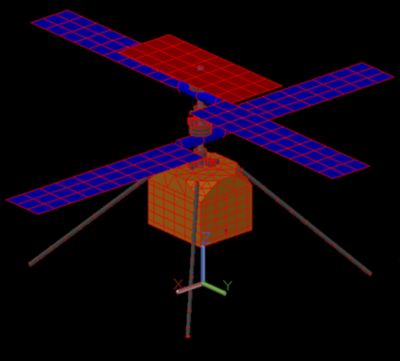
Clockwise from top left: A Thermal Desktop thermal analysis of the Mars helicopter Ingenuity; an Ansys simulation showing massless tracer particles that highlight the impact of the rotors; zones of high pressure under the rotors.
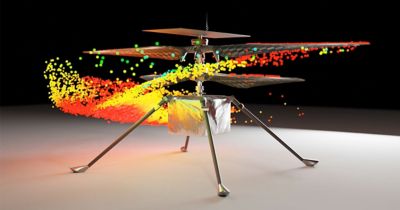
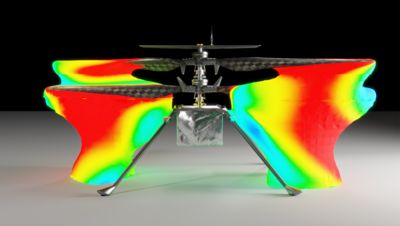
As you can imagine, managing the power requirements for such a vehicle with very tight mass constraints is a big challenge. With temperatures on Mars dropping to as low as -90°C (-130°F), almost half of the power used by Ingenuity is for thermal management. There is an allowable flight temperature (AFT) that must be adhered to for everything to function correctly and for successful flights to be possible. Getting the design of something like this wrong means failure and no chance of a retrofit or repair. Ingenuity, which started as a technology demonstration expected to make up to five flights, has completed more than 30 flights, and has also exceeded flight range and duration goals.
Thermal Desktop is used by thermal engineers all over the world to solve challenging problems like the Mars helicopter, the James Webb Space Telescope, and many more down-to-Earth applications. CRTech design and simulation software is used in everything from liquid helium cooling of MRI devices to glass-making and methane-cracking furnaces
The team at CRTech has a wealth of experience and expertise in thermal management, flow networks, radiation, and more. They built the unique tools at CRTech by working closely with customers. Now, as part of Ansys, those tools can be combined with Ansys multiphysics solvers to offer an even greater value.
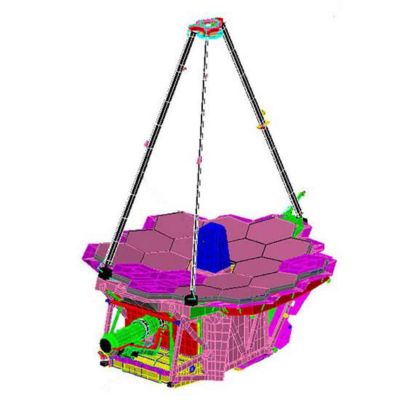
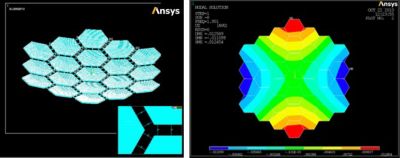
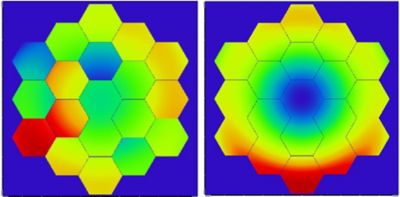
Software from C&R Technologies (left) and Ansys (right) were used to simulate different aspects of the James Webb Space Telescope.
A Winning Combination
Thermal Desktop can already co-solve with Ansys computational fluid dynamics (CFD) solutions using Ansys System Coupling. The further integration of the tools will allow customers to leverage the best of both worlds: system-level thermal/fluid networks and full CFD solutions for efficient, highly accurate, and detailed simulations.
Models can be imported into Thermal Desktop from virtually anywhere. For complex geometries, you can also use TD Direct, which is built into Ansys SpaceClaim. This helps enable rapid design iterations, fluid volumes for compartments, pipe centerlines, and many other functions.
Examples of complex geometries include the growing need to manage heat in things like Lithium-ion battery modules in electric vehicles. The thermal simulation here is very important. The behavior, safety, and efficiency of the battery system is very temperature dependent, both while the vehicle is driving and while the battery is being recharged.
In addition to making use of Thermal Desktop can make use of TD Direct as well as the RadCAD and FloCAD modules, which offer you enormous flexibility in determining the level of fidelity or detail that you would like to include in your models.
Work will begin immediately to link Thermal Desktop with Ansys ModelCenter, using the OpenTD API, taking advantage of parametric variations and external commanding in CRTech tools within the process integration and design optimization (PIDO) framework that ModelCenter offers. The OpenTD API will also be used to integrate Thermal Desktop with Ansys Systems Tool Kit (STK). Plans are in place to connect the premier mission planning of STK with the best-in-class radiation calculations of RadCAD. Mission planners can provide complex missions such as near-rectilinear halo orbits (NRHO) for lunar missions to RadCAD and access results from Thermal Desktop to improve those missions.
SINDA/FLUINT is the solution engine behind Thermal Desktop. It can handle the peculiarities of two-phase flows along with the complexities of transitioning between single-phase and two-phase. Applications lie in all manner of use cases from condenser-evaporator systems, heat pipes, two-phase thermosyphon simulation, cryogenic systems and dewars, gas storage and distribution systems, and fuel cells. Interestingly, the SINDA/FLUINT code has roots all the way back to the 1960s, a long legacy in simulation software that’s even older than Ansys Mechanical APDL.
The existing synergies between Ansys and C&R Technologies’ tools are only the start. For example, RadCAD can provide radiation loads to everything from objects located in a window to ships, aircraft, spacecraft, and even rovers on distant planets. This radiation loading can then be used for detailed structural response analysis in Mechanical and for full 3D CFD simulation in Ansys Fluent. These loads can then be used to look at the effect on optical sensors and radio frequency antennas.
There is so much potential with the combined Ansys and CRTech simulation solutions. The tools can even connect to a full mission simulation: A mission to Mars, or just a quick trip to the shops to grab some milk in your autonomous car!